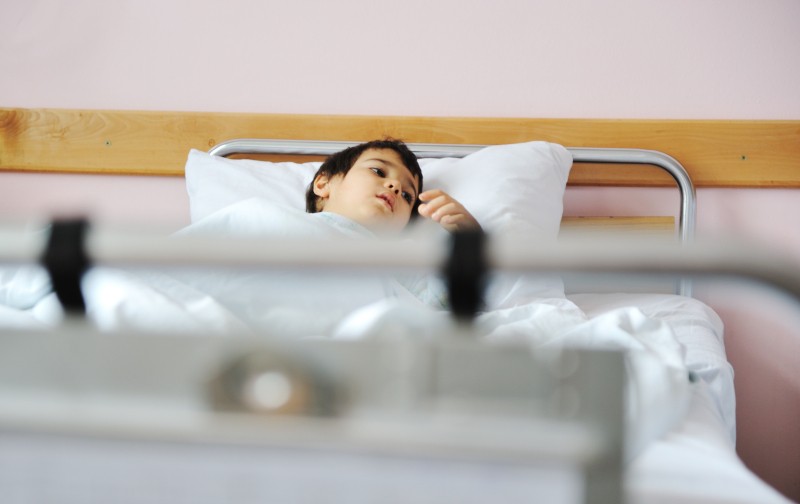Originally Published by The Conversation
You may have heard reports about outbreaks of pneumonia affecting children in the Netherlands, Denmark and parts of the US and China, which are higher than usual for this time of year. Parents are keeping a watchful eye on the news, while public health officials monitor the global incidence of severe respiratory infections and record cases and causes. However, there is no new virus or other type of new pathogen to worry about in these outbreaks.
Here’s what we know.
Pneumonia is inflammation of the lungs, usually caused by bacterial or viral infections. It may affect deeper lung tissues than bronchitis, which is airway tube inflammation, and can have symptoms such as fever, breathing problems and chest pain, showing up as a white shade in lung chest X-rays. There is no special designation of “white lung pneumonia”, scary as it may sound.
This season, known respiratory germs, including respiratory syncytial virus (RSV) and Mycoplasma pneumoniae bacteria, have been recorded and are quite expected for this time of year. Mycoplasma outbreaks flare up every few years and can be resistant to common antibiotics.
Most infected children and adults will develop flu-like symptoms that will clear up on their own after a few days, but some may develop into more serious inflammation of the lungs requiring treatment and, in some cases, hospitalisation.
But why do some people get more severe diseases? And are there any differences this season?
>>CLICK HERE to Read the Full Article on TheConversation.com





